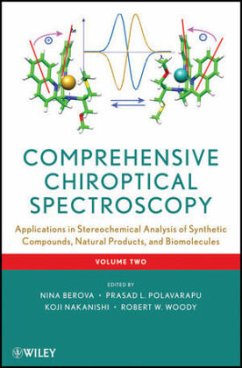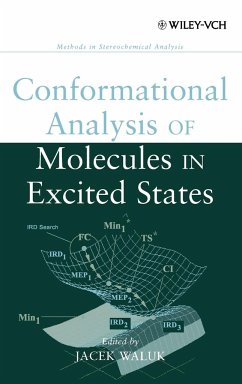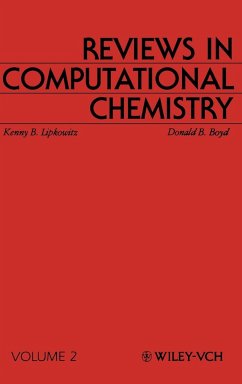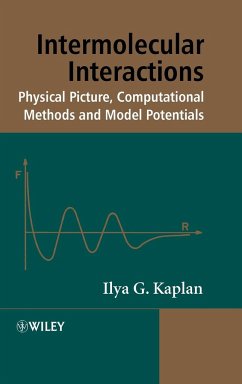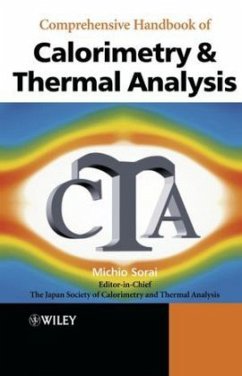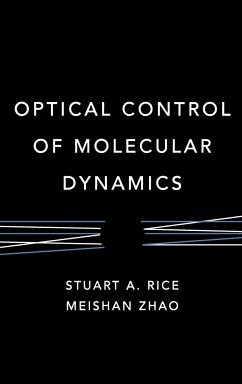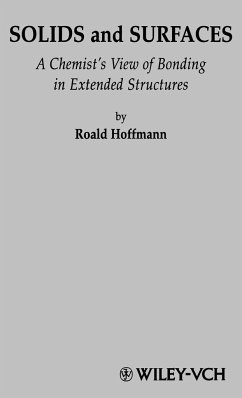Nicht lieferbar
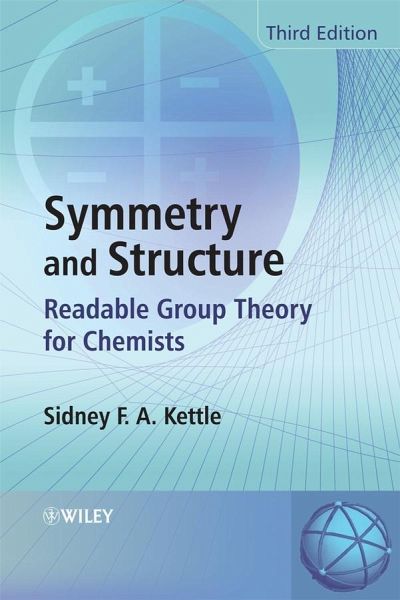
Symmetry and Structure
Readable Group Theory for Chemists
Versandkostenfrei!
Nicht lieferbar
Building on the foundation of the Second Edition, Symmetry and Structure: Readable Group Theory for Chemists, Third Edition turns the complex and potentially difficult subject of group theory into an accessible and readable account of this core area of chemistry.
Gruppentheorie - für Chemiker ein Buch mit sieben Siegeln? Nicht mit diesem Band: Der Autor bereitet die komplexen, sicherlich schwierigen Zusammenhänge, in hervorragend lesbarer, mathematisch unaufdringlicher Form auf. Für diese dritte Auflage wurde die dreidimensionale Visualisierung der Kernpunkte noch einmal verbessert. Im Kapitel über okataedrische Moleküle wird jetzt auch die Ligandenfeldtheorie der Übergangsmetallkomplexe behandelt. Überischtliche Diagramme, Tabellen und Zusammenfassungen an den Kapitelenden erleichtern das Lernen und Einprägen; die Umsetzung des Stoffs kann anhand zahlreciher Aufgaben geübt werden.




